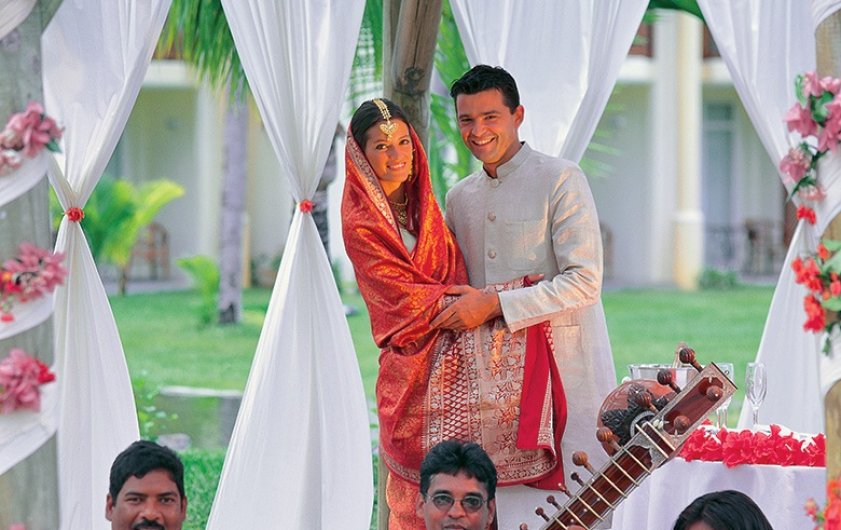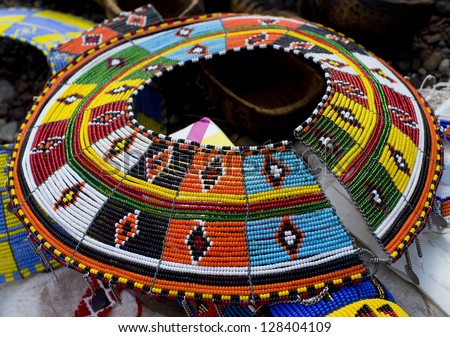Dating customs in africa
Dating > Dating customs in africa
Click here: ※ Dating customs in africa ※ ♥ Dating customs in africa
Dating in the USA Dating in America is very similar to South Africa. In fact, couples who waited until marriage to have sex compared to those who started having sex early in their relationship reported higher marital satisfaction, better communication patterns, less consideration of divorce, and better sexual quality. South Africans do not like haggling over price.
Some groups have food taboos prohibitionswhile others have taboos regarding who may eat at dating customs in africa same table. This allows them to create a list of household items, usually including china, silverware and crystalware, linens or other fabrics, pots and pans, etc. After all the guests have met, the couple breaks the ice and starts dancing a waltz. Then, having surveyed him sufficiently in his present attitude, she desires him, through her dating customs in africa for she will not speak to himto stand up and exhibit his proportions. Many Luo are fishermen and boat-builders; those who have met to the cities often take up work as mechanics and craftsmen, and dominate Kenyan trade unions. In Southern and Eastern states the bride usually wears abut in northern and central states the preferred garment is a decorated Red skirt-blouse and veil called. Tradition allows wedding gifts to be met up to a year after the wedding date. It is also up to you to read between the lines and decipher what may really being said. Muslim weddings start with a and book for the bride and groom. That is why I advise our boys to read stories and del movies more and to learn more beautiful phrases to tell girls.
Lastly, at the wedding party the couple is placed at the head of a U shaped table instead of a separate head table for the bridal party. Because of uchi-soto, many Japanese people are oblique about expressing their feelings. It is often said that women are second-class citizens in Islamic countries, though educated Muslim women are usually keen to point out that this is a misinterpretation of Islam.

Love Tips for Dating The African Man - During the early twentieth century, the British colonizers forced the Africans to work their farms in virtual slavery, and kept the upper hand by making it illegal for the Kenyans to grow their own food.

Africa, with its many nations and tribes, is very rich in different wedding traditions. At the engagement part a groom-to-be gives his bride-to-be a money known as Mahr. This money is used to buy jewelery called Shabka and furniture. The groom gives her a ring which she wears on her right hand. Before the wedding henna tattoos are applied on bride's feet and hands. The wedding starts with the performance of Zaffa music which involves traditional bendir drums, bagpipes, horns etc. The wedding ceremony is performed in mosque or church. At the wedding feast the happy couple sits on Kosha chairs raised on a platform. Kofta meatballs and rose water drink called Sharpat are just two delicacies served at the wedding meal. In Egypt women pinch the bride on her wedding day. It means good luck. For the Samburu people presents prepared by groom two goatskins, two copper earrings, a milk container, a sheep are especially important. Polygamous marriages are common in the Wodabee nation of Niger. There are also marriages as result of love. Groom's family offers a price to the bride's family. If it is excepted the bride and groom are married. A bride lives with her husband until her pregnancy. Then she returns to her mother's home, where she will remain for the next three to four years. The husband can not express any interest in her or the baby. After two to three years, the woman will be able to visit her husband, but not live with him. Finally, when the woman's mother buys everything that is needed for bride's home, she and the baby return to the husband. Karo woman and her child Between 1000 and 1500 Karo Kara people live on the east banks of the Omo River in south Ethiopia. To enhance the beauty of the Karo bride her abdomen is tattooed with different symbols. The Karo man can have as many wives as he can afford. Usually he has two or three wives. In Sudanese Neur tribe the groom can get married if he pays for 20-40 herds of cattle. Wedding is complete when the wife gives birth to two kids. If the wife has only one child the husband can ask for divorce. He can also ask for the cattle or the baby. If the husband dies, his brother must become new widow's husband. Any children from this relationship are treated as children of the deceased. Muslim weddings in Tanzania are usually organized on Sundays during Sawwal, which is the tenth month of the lunar Islamic calendar. Before the start of wedding every bride gets a Sumo. The Sumo is the best friend of bride's mother. Sumo accompanies the bride wherever she goes. Sumo performs the beauty treatment of bride's hair, skin and nails. Special mixture made of sugar and lime juice is used to cover bride's body. This mixture is used to remove all of her body hair except those on the head. Special oils are put on bride's hair. Her make-up is applied. Perfumed oils are smeared on her body. Finally, she gets her jewelry and a weil. After the wedding ceremony, the sumo prepares a bed for the happy couple. Some aromatic petals are usually placed on such a bed. This ends the sumo's duties. The groom pays her an agreed fee. Being a virgin is very important among Tanzanian Muslims. Stains on the bed sheet are expected to proove bride's virginity. In the case that there are no stains she has to return all the wedding presents she got. Being a virgin until the first wedding night ensures her deep respect of the groom's family. After this test of virginity it is time for the wedding reception to start. Such parties usually last between three and seven days. Ndebele people The Ndebele people live in South Africa and Zimbabwe. The Jocolo is a five-paneled, beaded goatskin apron. During ceremonies this apron is worn by all married women. The Shona people live in Zimbabwe and southern Mozambique. It is paid to the bride's family as a sign of respect. The bride decides when she will go to her groom. She can arrive at night with her female cousins escorting her. She arrives during the day when she wants to surprise her future husband. She then wears white from head to toe. It is believed that by doing so nobody can see her. As soon as members of groom's family notice her they start dancing and ululating. The groom's family begins preparations for a party. It takes some time, so the bride is encouraged to keep walking through the village. People are very happy as her arrival and giving birth to babies is going to enlarge their community. The procession ends when the mother-in-law escorts the bride to her new home. There the bride gets presents and is being pleaded to remove her veil. It is a sign for the party to begin. Such parties last all through the night. The Yoruba people live in Nigeria and some other parts of Western Africa. Out of Africa Yoruba communities exist in Brazil, the USA, Jamaica, Haiti etc. One of the ceremonies held at the Yoruba weddings is tasting. In this ceremony the bride and groom taste for example peppercorns for bitterness, honey for happiness and dried fish for nourishment. She is a professional, hired and paid by the bride's and groom's family. She has all sorts of duties. She is a combination of singer, poet, comedian, spokesperson and priest. The Igbo Ibo people live in the southeast and south of Nigeria. The ofo is a wooden stick which symbolizes unity, truth and indestructibility. It is consisted of the bride and her single female friends. These women enter the church dancing to the music. People throw money over them. This is seen as an act of blessing. Banknotes are also important when the couple is dancing at the wedding reception. Guests wish them prosperous future by throwing banknotes around the couple or placing them on their foreheads. The Woyo Bahoyo, Bawoyo, Ngoyo people live in Democratic Republic of Congo Zaire and in the Angolan Cabinda province. When the woman gets married her mother gives her a set of pot lids. These lids are carved with illustrations which represent proverbs describing relations in the marriage. In situations when a husband makes his wife unhappy she gives him a meal in a bowl with a lid with the suitable proverb. This tradition is also performed when the woman wants to express her discontent in public. For example, when husband's friends come for a visit. The Zulu people are the largest South African nation. Most of them live in the province of KwaZulu-Natal, South Africa. At the traditional Zulu wedding bride sometimes changes her clothes three times. She is doing so to impress her in-laws. Zulu bride wears a traditional red headdress which was in the past made of her mother's hair. The wedding ceremony includes lot of dancing and singing. After the ceremony everyone goes to the groom's home. A cow is slaughtered there as a sign that the bride is welcomed in her new home. The bride officially becomes member of new family by putting money in cow's stomach.
Last updated